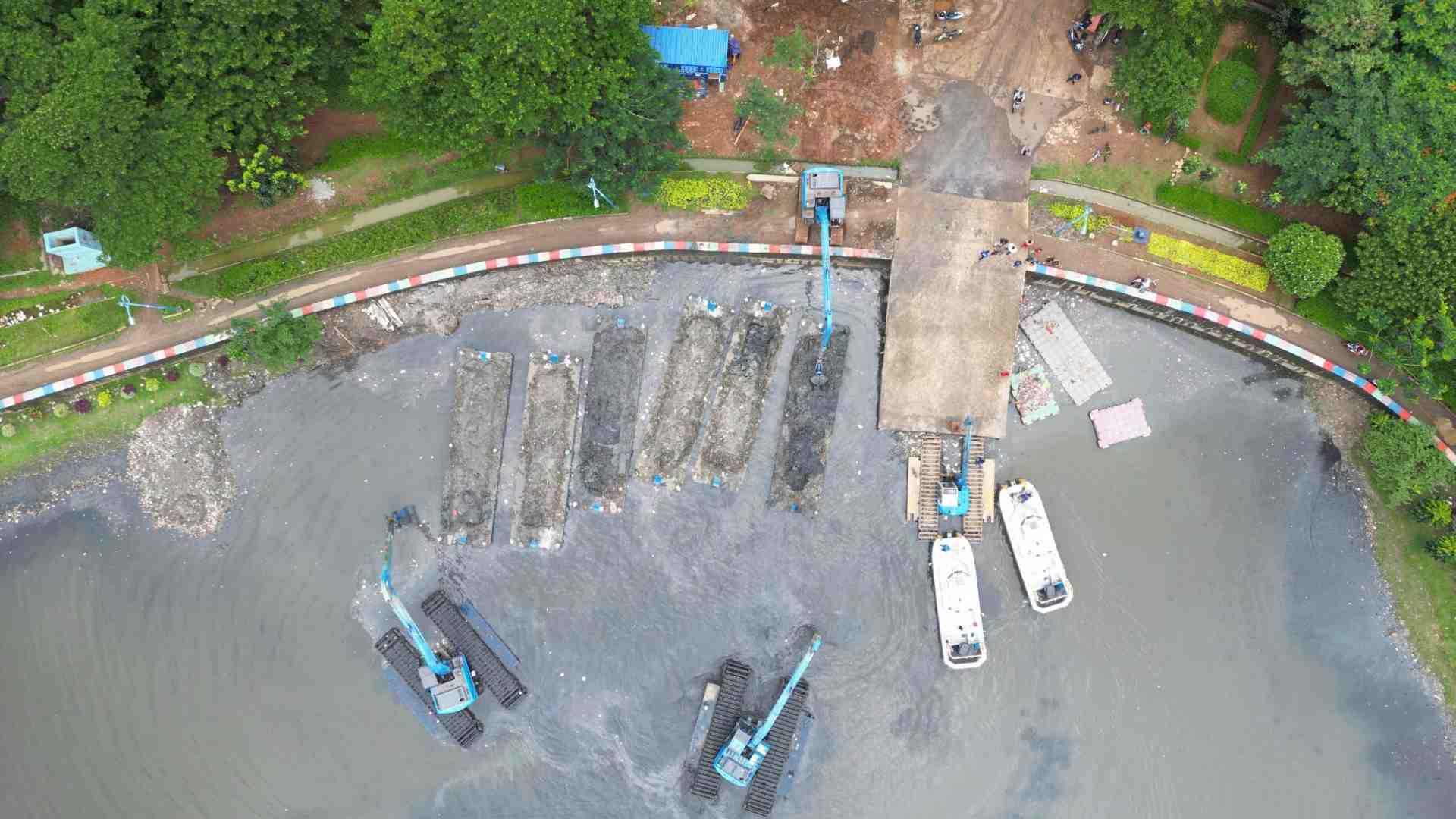Introduction
For more than a century, Deer Lake has been a scenic and recreational hub in the Pine Creek basin, drawing residents and visitors alike. But over the years, sediment and silt buildup gradually reduced the lake’s depth and water quality, threatening its ecological balance and community use. To restore the lake, a major lake dredging project began about ten months ago. Despite steady progress, borough officials now say the work will take another year, pushing expected completion into 2026.
The Need for Dredging
Deer Lake, a 102-year-old man-made body of water, had not been desilted for nearly two decades. Over that time, runoff and natural erosion deposited layers of silt, reducing depth, diminishing fish habitats, and limiting recreational activities such as boating and fishing. Borough council president David Crouse emphasized that dredging was no longer an option but a necessity.
“Seventeen years of sediment had built up in the pond,” Crouse explained. “Draining and dredging were the only ways to restore the lake to a healthy and usable state for the community.”
Progress So Far
The project began in late 2024, with crews draining large portions of the pond to expose sediment that had accumulated at the bottom. A massive excavator was brought in to remove the compacted layers. According to Crouse, the process has already cleared much of the sediment, marking significant progress for the long-awaited project.
Doug Eckert of Guers Topsoil & Mulch Products, who has been actively involved in the work, noted that the sheer volume of material made the operation both time-consuming and costly. More than $1 million has been allocated to the effort, reflecting both the scale and importance of the undertaking.
Weather-Related Delays
Despite the steady pace, weather has been a major obstacle. Unusually heavy rainfall in the spring of 2025 slowed excavation efforts, saturating the soil and making it impossible for equipment to operate efficiently.
“The wet weather set us back months,” Crouse said. “But lately, the hot summer has actually helped. The sun has baked the lakebed, creating ideal conditions for removing the silt.”
Such challenges are common in lake dredging projects, where seasonal changes and environmental conditions can dictate the pace of progress.
Community and Environmental Impact
Residents of Deer Lake have watched the project closely, many recalling the lake’s heyday as a thriving spot for recreation. While the draining and heavy machinery have temporarily altered its appearance, locals are optimistic about the long-term benefits.
Once completed, the dredging is expected to restore water depth, improve water quality, and revitalize aquatic habitats. This will not only support healthier fish populations but also encourage recreational use, boosting community morale and potentially increasing property values around the lake.
The project also plays an important role in stormwater management. By restoring capacity, the lake will be better equipped to handle runoff and reduce flooding risks in surrounding areas.
Looking Ahead to 2026
Although the lake dredging project has already lasted nearly a year, borough officials acknowledge that significant work remains. With ideal conditions and continued community support, they anticipate full completion in 2026.
The additional time will allow crews to fully clear sediment, stabilize the lakebed, and ensure that the dredging results are long-lasting. Once completed, the restored Deer Lake will stand as both a community asset and a reminder of the importance of maintaining man-made waterways.
A Broader Perspective on Dredging
The Deer Lake effort reflects a broader trend seen across the country. Many aging lakes and reservoirs require dredging after decades of sediment buildup. Such projects are costly but crucial for maintaining water quality, ecological health, and recreational access.
While challenges like weather delays and high costs are common, successful dredging ensures that these water bodies remain viable for future generations. Communities that invest in lake dredging not only preserve local ecosystems but also protect cultural and recreational landmarks.
Conclusion
The Deer Lake dredging project represents a major investment in both environmental restoration and community well-being. Though slowed by weather challenges, the effort has already cleared 17 years of sediment and is on track for completion in 2026.
By removing accumulated silt and restoring depth, the borough is ensuring that Deer Lake remains a vital resource for residents, wildlife, and future generations. As the excavators continue their work, the community can look forward to a cleaner, deeper, and healthier lake in the years ahead—proof that dredging plays an essential role in preserving treasured waterways.
